FORTE CULTURA Station: Federal Fortress Ulm (DE), Danube fortress
One of the largest fortifications in Europe
Varied adventure programme in the Danube metropolis of Ulm/Neu-Ulm
The federal fortress of Ulm was built in the 19th century by the German Confederation as a large fortress system and was expanded into an imperial fortress until the early 20th century. It is still one of the largest fortified monuments in Europe today and was one of the five fortresses established by the German Confederation to secure its border against France at the time.
The two-country city of Ulm/Neu-Ulm on the Danube offers many tourist highlights. In addition to Ulm Minster with the highest church tower in the world, the fishermen's quarter, Wiblingen Monastery and the Weishaupt Art Gallery, the Federal Fortress with its more than 30 works of art and Wilhelmsburg Castle are particularly worth a visit.
The exciting and wide range of experiences on offer extends from museums and exhibitions, theatre and festivals to sports and nature experiences on the Danube, along the Danube cycle path or in the fortress glacis parks. Experience with FORTE CULTURA the unique flair of the fortified Danube metropolis of Ulm/Neu-Ulm, the birthplace of Albert Einstein and the home of the Scholl siblings.


Get to know thehe federal fortress of Ulm know:
FORTE CULTURA rice recommendations
Route of military history and remembrance in Alsace
The route of castles and fortified towns in Alsace includes more than 50 sites. Explore the fascinating history of Alsace. Admire wildly romantic castle ruins, charming historic towns and marvellous views. Meet the people who bring this cultural heritage to life every day....
Fortresses of the German Confederation
Bulwarks against France (1815-1866): In order to protect the German Confederation from revolutionary movements and possible expansion plans of ambitious neighbours, some fortresses were designated as federal fortresses in 1815 and extensively expanded. These included Mainz, Luxembourg and Landau, Rastatt and Ulm.
Event highlights in the fortress city of Ulm/Neu-Ulm
- JANUARY/FEBRUARY: Ulm Fool's Leap
- MAY-JULYUlm tent Music and culture festival in the circus tent
- MAY-AUGUST: Glacis Open-Airs Cultural programme in Glacis Park Neu-Ulm
- JUNE: Landesposaunentag (every two years)
- JULY: International Danube Festival (every two years) Culture, culinary delights and encounters on both banks of the Danube
JULY: Swim Monday (penultimate Monday in July) with Swearing speech, Nabada (water parade on the Danube) and Serenade of light - JULY/AUGUST: Open-air highlights on the Wilhelmsburg (Open air theatre of the Ulm Theatre, Storm the castle)
- AUGUST: Ulm Wine Festival
- SEPTEMBER: Culture night Ulm/Neu-Ulm, Open Monument Day, Einstein Marathon
- DECEMBER: Ulm Christmas Market on the Münsterplatz and Medieval Christmas market in Neu-Ulm
Discover numerous other events in the fortifications of the Federal Fortress of Ulm: tourism.ulm.de
Contact us

Wenn du dies siehst, nachdem deine Seite vollständig geladen wurde, fehlen leafletJS-Dateien.
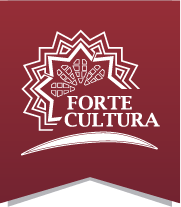
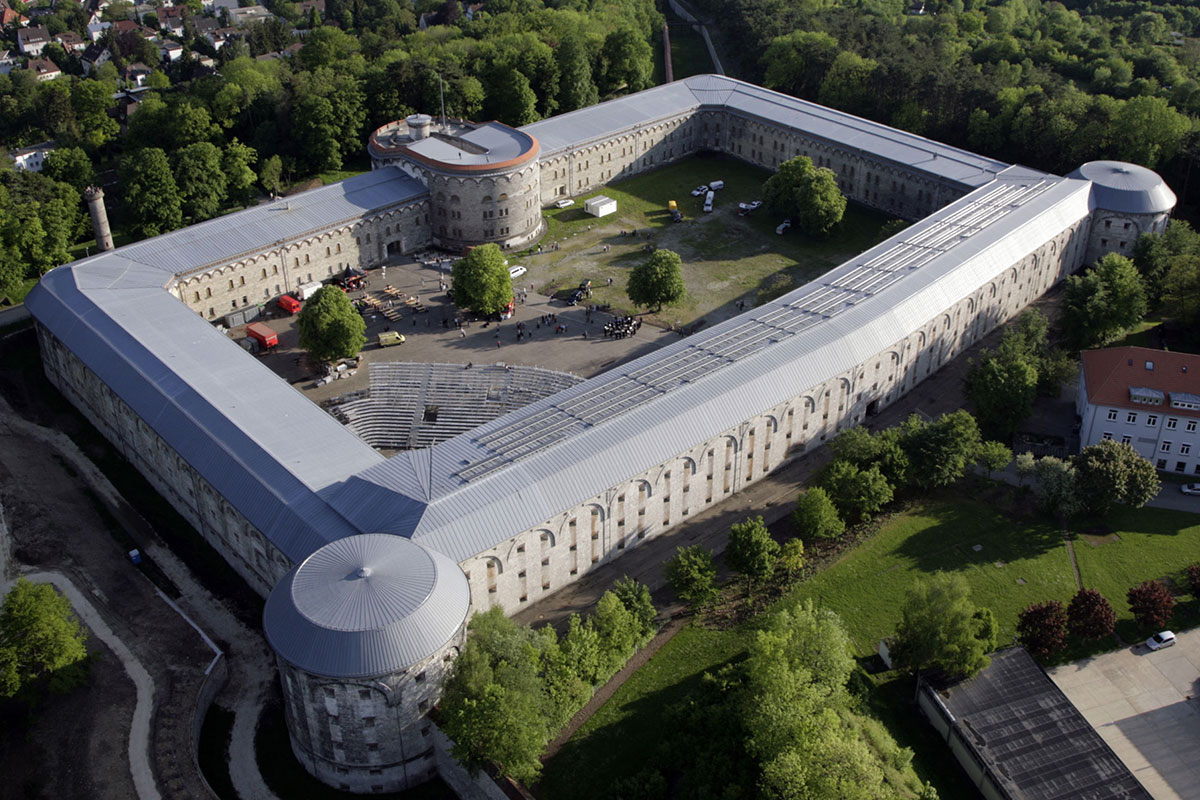

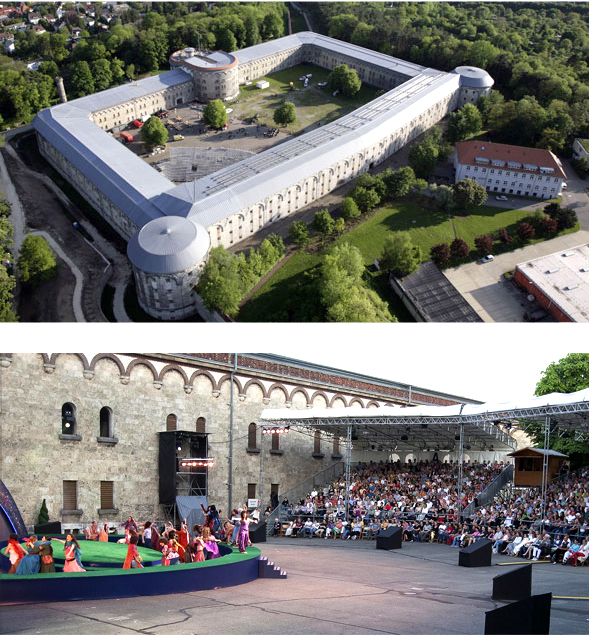

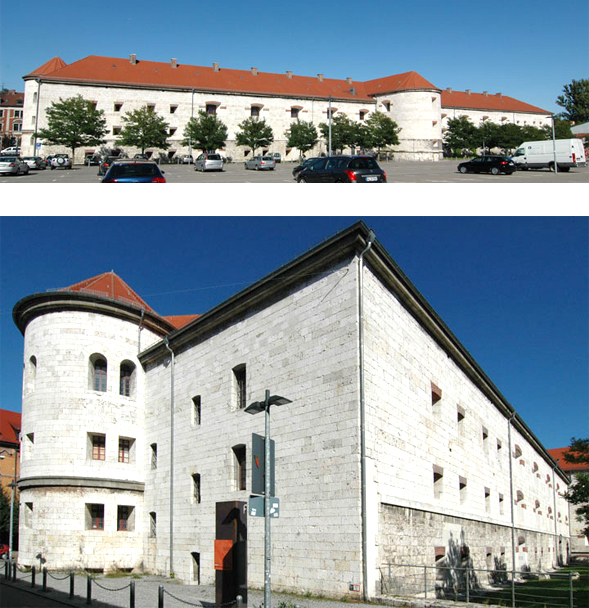

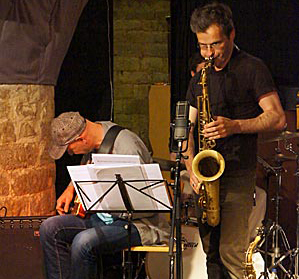

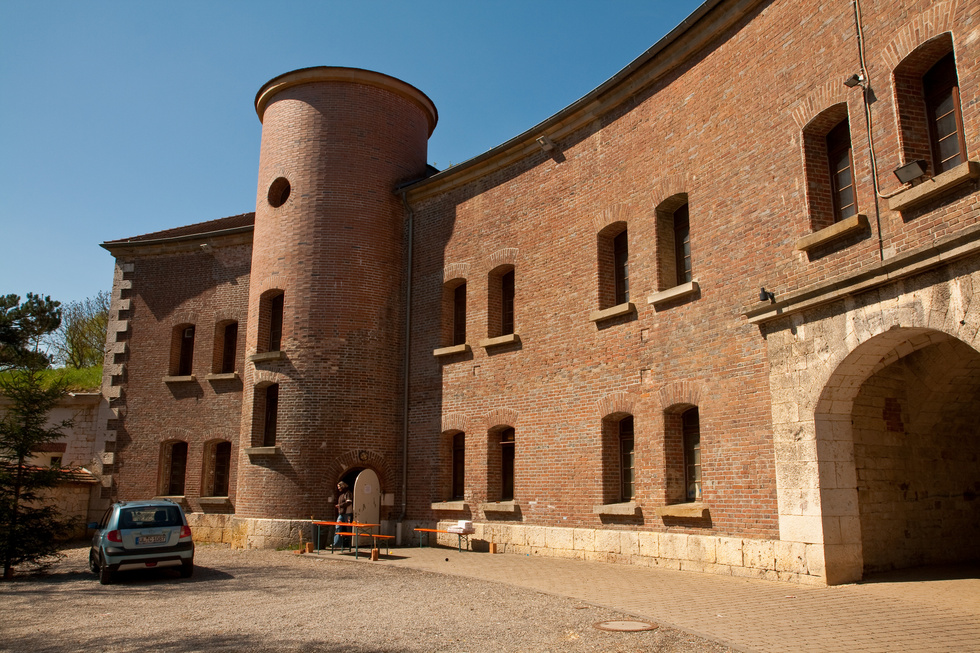
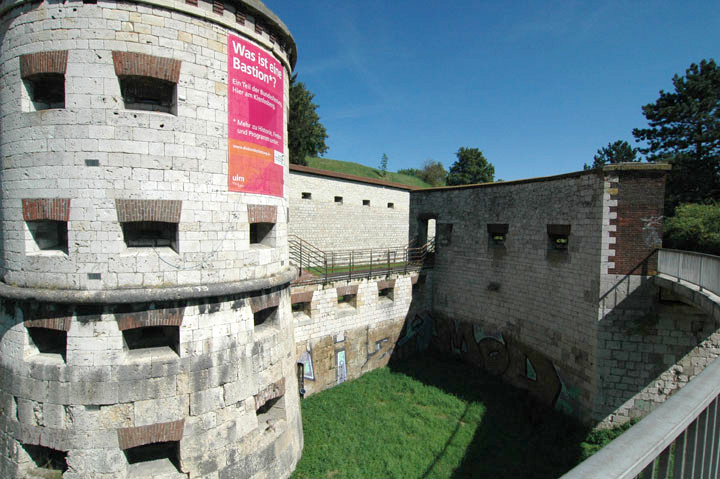



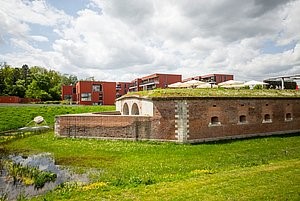
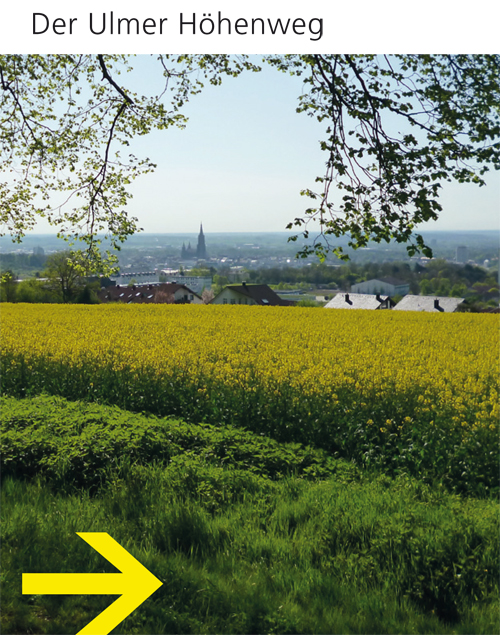






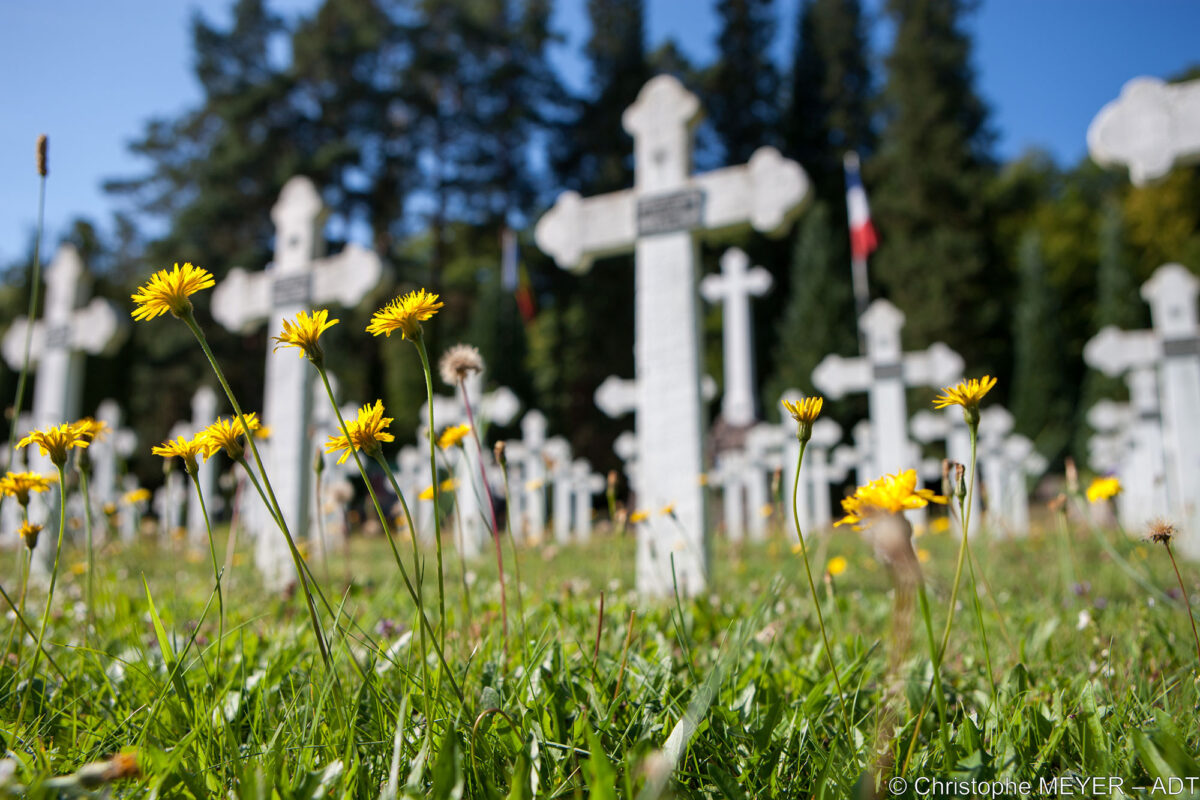
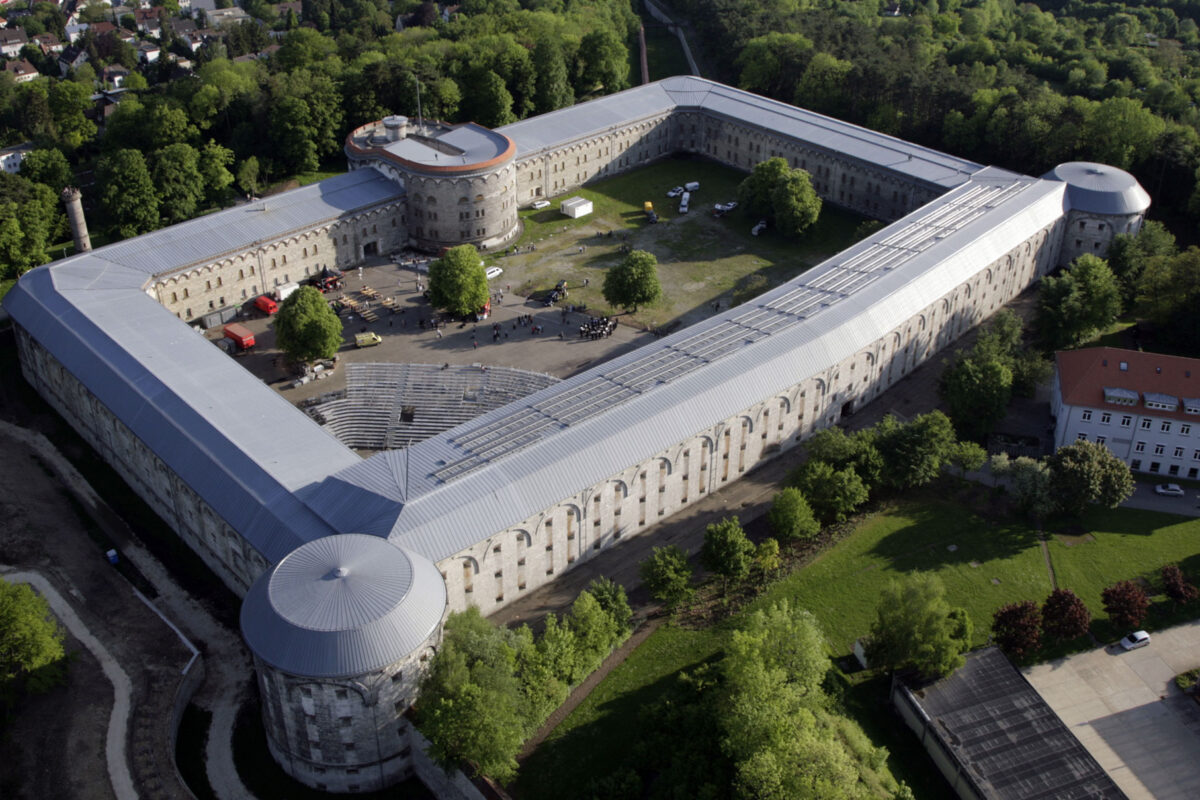
Schreibe einen Kommentar